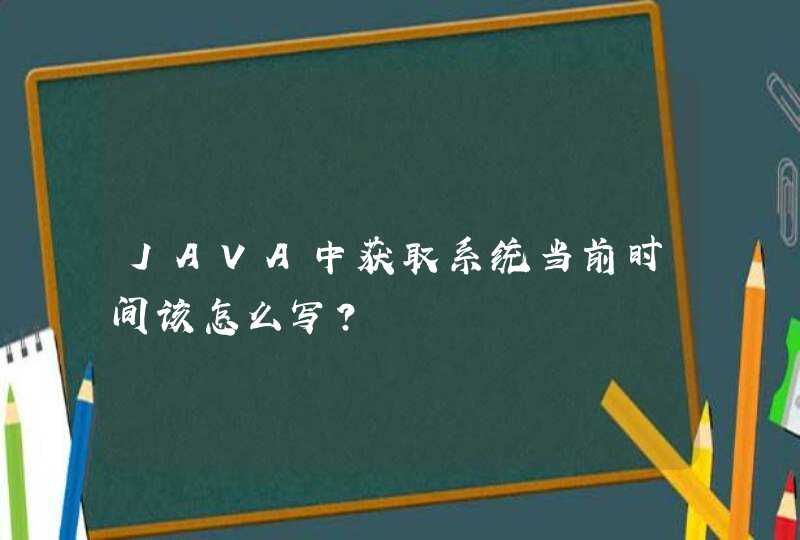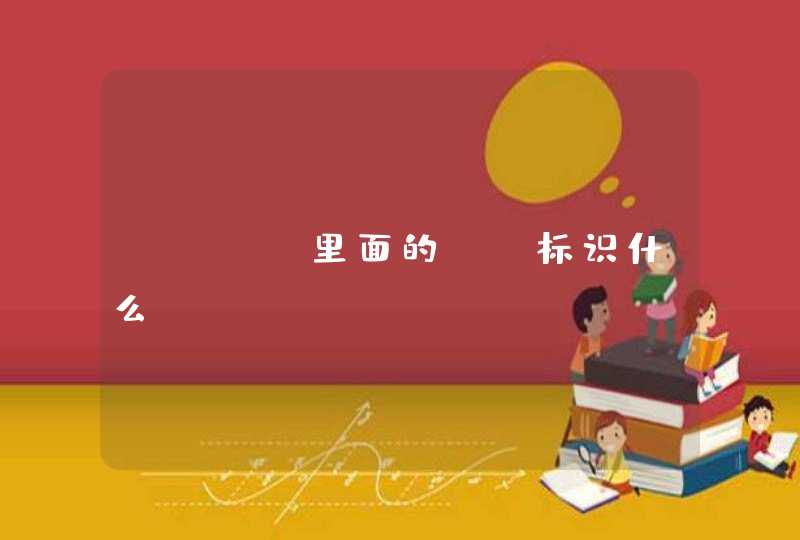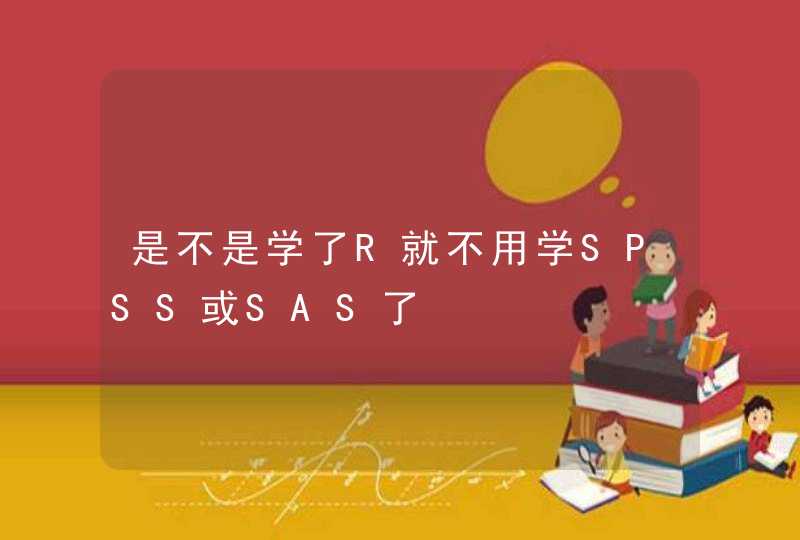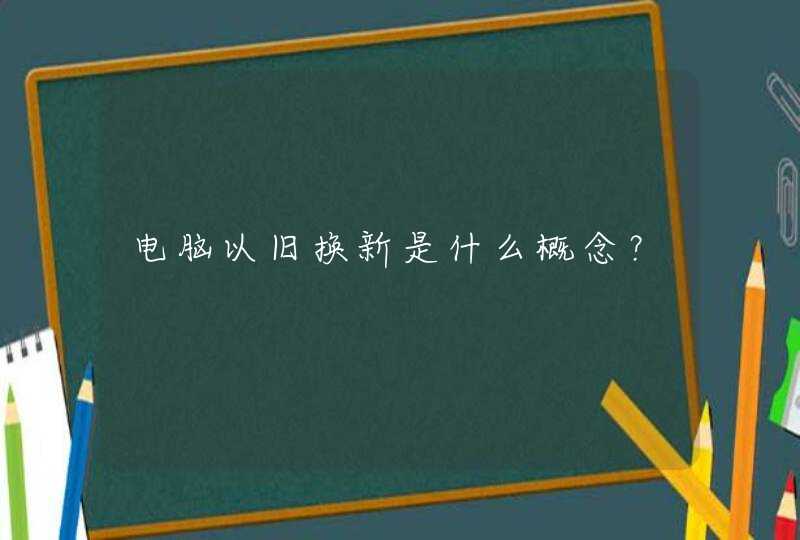
1、通过Chrome浏览器检查元素。
2、获取单个页面HTML文本。
3、用正则表达式解析出所需要的信息并存入列表。
4、将列表中的信息存成csv文件。
5、利用start参数批量爬取其他页的短评。
这两天爬了豆瓣读书的十万条左右的书目信息,用时将近一天,现在趁着这个空闲把代码总结一下,还是菜鸟,都是用的最简单最笨的方法,还请路过的大神不吝赐教。
第一步,先看一下我们需要的库:
import requests #用来请求网页
from bs4 import BeautifulSoup #解析网页
import time #设置延时时间,防止爬取过于频繁被封IP号
import re #正则表达式库
import pymysql #由于爬取的数据太多,我们要把他存入MySQL数据库中,这个库用于连接数据库
import random #这个库里用到了产生随机数的randint函数,和上面的time搭配,使爬取间隔时间随机
这个是豆瓣的网址:x-sorttags-all
我们要从这里获取所有分类的标签链接,进一步去爬取里面的信息,代码先贴上来:
import requests
from bs4 import BeautifulSoup #导入库
url="httom/tag/?icn=index-nav"
wb_data=requests.get(url) #请求网址
soup=BeautifulSoup(wb_data.text,"lxml") #解析网页信息
tags=soup.select("#content >div >div.article >div >div >table >tbody >tr >td >a")
#根据CSS路径查找标签信息,CSS路径获取方法,右键-检查-copy selector,tags返回的是一个列表
for tag in tags:
tag=tag.get_text() #将列表中的每一个标签信息提取出来
helf="hom/tag/"
#观察一下豆瓣的网址,基本都是这部分加上标签信息,所以我们要组装网址,用于爬取标签详情页
url=helf+str(tag)
print(url) #网址组装完毕,输出
以上我们便爬取了所有标签下的网址,我们将这个文件命名为channel,并在channel中创建一个channel字符串,放上我们所有爬取的网址信息,等下爬取详情页的时候直接从这里提取链接就好了,如下:
channel='''
tag/程序
'''
现在,我们开始第二个程序。
QQ图片20160915233329.png
标签页下每一个图片的信息基本都是这样的,我们可以直接从这里提取到标题,作者,出版社,出版时间,价格,评价人数,以及评分等信息(有些外国作品还会有译者信息),提取方法与提取标签类似,也是根据CSS路径提取。
我们先用一个网址来实验爬取:
url="htt/tag/科技"
wb_data = requests.get(url)
soup = BeautifulSoup(wb_data.text.encode("utf-8"), "lxml")
tag=url.split("?")[0].split("/")[-1] #从链接里面提取标签信息,方便存储
detils=soup.select("#subject_list >ul >li >div.info >div.pub") #抓取作者,出版社信息,稍后我们用spite()函数再将他们分离出来
scors=soup.select("#subject_list >ul >li >div.info >div.star.clearfix >span.rating_nums") #抓取评分信息
persons=soup.select("#subject_list >ul >li >div.info >div.star.clearfix >span.pl") #评价人数
titles=soup.select("#subject_list >ul >li >div.info >h2 >a") #书名
#以上抓取的都是我们需要的html语言标签信息,我们还需要将他们一一分离出来
for detil,scor,person,title in zip(detils,scors,persons,titles):
#用一个zip()函数实现一次遍历
#因为一些标签中有译者信息,一些标签中没有,为避免错误,所以我们要用一个try来把他们分开执行
try:
author=detil.get_text().split("/",4)[0].split()[0] #这是含有译者信息的提取办法,根据“/” 把标签分为五部分,然后依次提取出来
yizhe= detil.get_text().split("/", 4)[1]
publish=detil.get_text().split("/", 4)[2]
time=detil.get_text().split("/", 4)[3].split()[0].split("-")[0] #时间我们只提取了出版年份
price=ceshi_priceone(detil) #因为价格的单位不统一,我们用一个函数把他们换算为“元”
scoe=scor.get_text() if True else "" #有些书目是没有评分的,为避免错误,我们把没有评分的信息设置为空
person=ceshi_person(person) #有些书目的评价人数显示少于十人,爬取过程中会出现错误,用一个函数来处理
title=title.get_text().split()[0]
#当没有译者信息时,会显示IndexError,我们分开处理
except IndexError:
try:
author=detil.get_text().split("/", 3)[0].split()[0]
yizhe="" #将detil信息划分为4部分提取,译者信息直接设置为空,其他与上面一样
publish=detil.get_text().split("/", 3)[1]
time=detil.get_text().split("/", 3)[2].split()[0].split("-")[0]
price=ceshi_pricetwo(detil)
scoe=scor.get_text() if True else ""
person=ceshi_person(person)
title=title.get_text().split()[0]
except (IndexError,TypeError):
continue
#出现其他错误信息,忽略,继续执行(有些书目信息下会没有出版社或者出版年份,但是数量很少,不影响我们大规模爬取,所以直接忽略)
except TypeError:
continue
#提取评价人数的函数,如果评价人数少于十人,按十人处理
def ceshi_person(person):
try:
person = int(person.get_text().split()[0][1:len(person.get_text().split()[0]) - 4])
except ValueError:
person = int(10)
return person
#分情况提取价格的函数,用正则表达式找到含有特殊字符的信息,并换算为“元”
def ceshi_priceone(price):
price = detil.get_text().split("/", 4)[4].split()
if re.match("USD", price[0]):
price = float(price[1]) * 6
elif re.match("CNY", price[0]):
price = price[1]
elif re.match("\A$", price[0]):
price = float(price[1:len(price)]) * 6
else:
price = price[0]
return price
def ceshi_pricetwo(price):
price = detil.get_text().split("/", 3)[3].split()
if re.match("USD", price[0]):
price = float(price[1]) * 6
elif re.match("CNY", price[0]):
price = price[1]
elif re.match("\A$", price[0]):
price = float(price[1:len(price)]) * 6
else:
price = price[0]
return price
实验成功后,我们就可以爬取数据并导入到数据库中了,以下为全部源码,特殊情况会用注释一一说明。
import requests
from bs4 import BeautifulSoup
import time
import re
import pymysql
from channel import channel #这是我们第一个程序爬取的链接信息
import random
def ceshi_person(person):
try:
person = int(person.get_text().split()[0][1:len(person.get_text().split()[0]) - 4])
except ValueError:
person = int(10)
return person
def ceshi_priceone(price):
price = detil.get_text().split("/", 4)[4].split()
if re.match("USD", price[0]):
price = float(price[1]) * 6
elif re.match("CNY", price[0]):
price = price[1]
elif re.match("\A$", price[0]):
price = float(price[1:len(price)]) * 6
else:
price = price[0]
return price
def ceshi_pricetwo(price):
price = detil.get_text().split("/", 3)[3].split()
if re.match("USD", price[0]):
price = float(price[1]) * 6
elif re.match("CNY", price[0]):
price = price[1]
elif re.match("\A$", price[0]):
price = float(price[1:len(price)]) * 6
else:
price = price[0]
return price
#这是上面的那个测试函数,我们把它放在主函数中
def mains(url):
wb_data = requests.get(url)
soup = BeautifulSoup(wb_data.text.encode("utf-8"), "lxml")
tag=url.split("?")[0].split("/")[-1]
detils=soup.select("#subject_list >ul >li >div.info >div.pub")
scors=soup.select("#subject_list >ul >li >div.info >div.star.clearfix >span.rating_nums")
persons=soup.select("#subject_list >ul >li >div.info >div.star.clearfix >span.pl")
titles=soup.select("#subject_list >ul >li >div.info >h2 >a")
for detil,scor,person,title in zip(detils,scors,persons,titles):
l = [] #建一个列表,用于存放数据
try:
author=detil.get_text().split("/",4)[0].split()[0]
yizhe= detil.get_text().split("/", 4)[1]
publish=detil.get_text().split("/", 4)[2]
time=detil.get_text().split("/", 4)[3].split()[0].split("-")[0]
price=ceshi_priceone(detil)
scoe=scor.get_text() if True else ""
person=ceshi_person(person)
title=title.get_text().split()[0]
except IndexError:
try:
author=detil.get_text().split("/", 3)[0].split()[0]
yizhe=""
publish=detil.get_text().split("/", 3)[1]
time=detil.get_text().split("/", 3)[2].split()[0].split("-")[0]
price=ceshi_pricetwo(detil)
scoe=scor.get_text() if True else ""
person=ceshi_person(person)
title=title.get_text().split()[0]
except (IndexError,TypeError):
continue
except TypeError:
continue
l.append([title,scoe,author,price,time,publish,person,yizhe,tag])
#将爬取的数据依次填入列表中
sql="INSERT INTO allbooks values(%s,%s,%s,%s,%s,%s,%s,%s,%s)" #这是一条sql插入语句
cur.executemany(sql,l) #执行sql语句,并用executemary()函数批量插入数据库中
conn.commit()
#主函数到此结束
# 将Python连接到MySQL中的python数据库中
conn = pymysql.connect( user="root",password="123123",database="python",charset='utf8')
cur = conn.cursor()
cur.execute('DROP TABLE IF EXISTS allbooks') #如果数据库中有allbooks的数据库则删除
sql = """CREATE TABLE allbooks(
title CHAR(255) NOT NULL,
scor CHAR(255),
author CHAR(255),
price CHAR(255),
time CHAR(255),
publish CHAR(255),
person CHAR(255),
yizhe CHAR(255),
tag CHAR(255)
)"""
cur.execute(sql) #执行sql语句,新建一个allbooks的数据库
start = time.clock() #设置一个时钟,这样我们就能知道我们爬取了多长时间了
for urls in channel.split():
urlss=[urls+"?start={}&type=T".format(str(i)) for i in range(0,980,20)] #从channel中提取url信息,并组装成每一页的链接
for url in urlss:
mains(url) #执行主函数,开始爬取
print(url) #输出要爬取的链接,这样我们就能知道爬到哪了,发生错误也好处理
time.sleep(int(format(random.randint(0,9)))) #设置一个随机数时间,每爬一个网页可以随机的停一段时间,防止IP被封
end = time.clock()
print('Time Usage:', end - start) #爬取结束,输出爬取时间
count = cur.execute('select * from allbooks')
print('has %s record' % count) #输出爬取的总数目条数
# 释放数据连接
if cur:
cur.close()
if conn:
conn.close()
这样,一个程序就算完成了,豆瓣的书目信息就一条条地写进了我们的数据库中,当然,在爬取的过程中,也遇到了很多问题,比如标题返回的信息拆分后中会有空格,写入数据库中会出现错误,所以只截取了标题的第一部分,因而导致数据库中的一些书名不完整,过往的大神如果有什么办法,还请指教一二。
等待爬取的过程是漫长而又欣喜的,看着电脑上一条条信息被刷出来,成就感就不知不觉涌上心头;然而如果你吃饭时它在爬,你上厕所时它在爬,你都已经爬了个山回来了它还在爬时,便会有点崩溃了,担心电脑随时都会坏掉(还是穷学生换不起啊啊啊啊~)
所以,还是要好好学学设置断点,多线程,以及正则,路漫漫其修远兮,吾将上下而求索~共勉~
爬取时间:2020/11/25
系统环境:Windows 10
所用工具:Jupyter Notebook\Python 3.0
涉及的库:requests\lxml\pandas\matplotlib\numpy
蛋肥想法: 先将电影名称、原名、评分、评价人数、分类信息从网站上爬取下来。
蛋肥想法: print数据列表后发现电影原名、分类信息等存在不需要的字符,需预先处理;同时因为后续想做一个豆瓣电影TOP250的维度分布图,而同一电影存在多个发行国家、类型(如“法国 美国 / 剧情 动作 犯罪”),为了简(偷)便(懒),这里均取第一个作为记入的数据;最后将数据保存为xlsx。
蛋肥想法: 蛋肥想知道在豆瓣电影TOP250中年份、国家、类型的维度数据,为了练手,使用刚才保存成xlsx的数据,并分别画成雷达图、柱形图、扇形图。










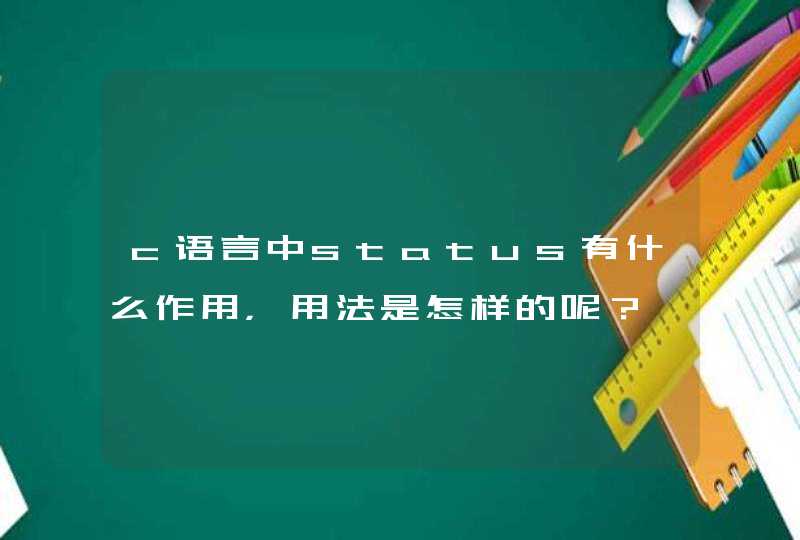

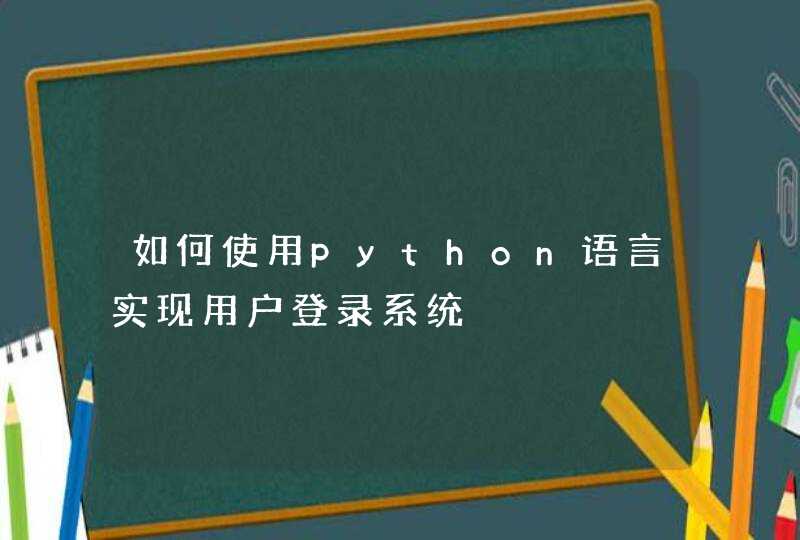



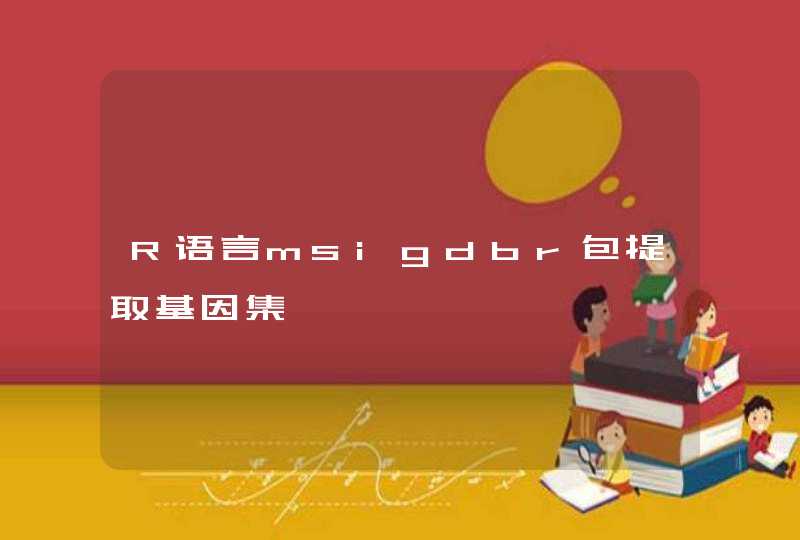
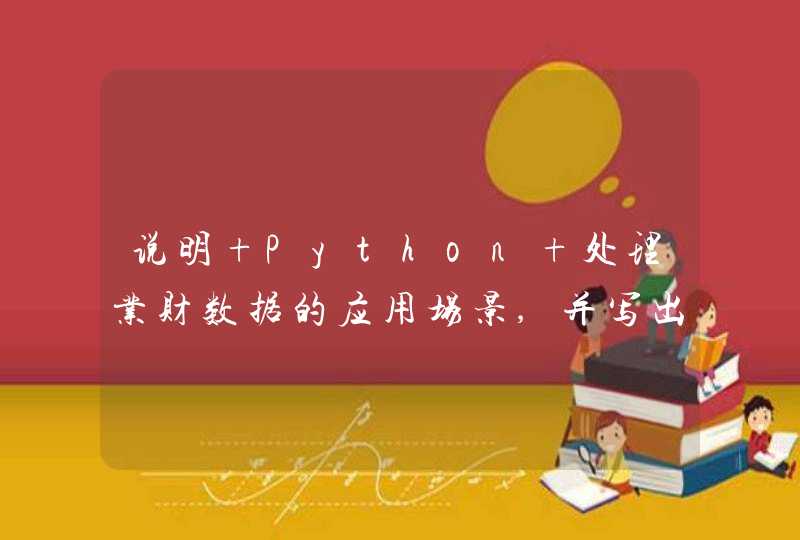



![R和Rstudio终端显示语言的更改[Windows]](/aiimages/R%E5%92%8CRstudio%E7%BB%88%E7%AB%AF%E6%98%BE%E7%A4%BA%E8%AF%AD%E8%A8%80%E7%9A%84%E6%9B%B4%E6%94%B9%5BWindows%5D.png)







![python中a[1][2]是什么意思](/aiimages/python%E4%B8%ADa%5B1%5D%5B2%5D%E6%98%AF%E4%BB%80%E4%B9%88%E6%84%8F%E6%80%9D.png)


















